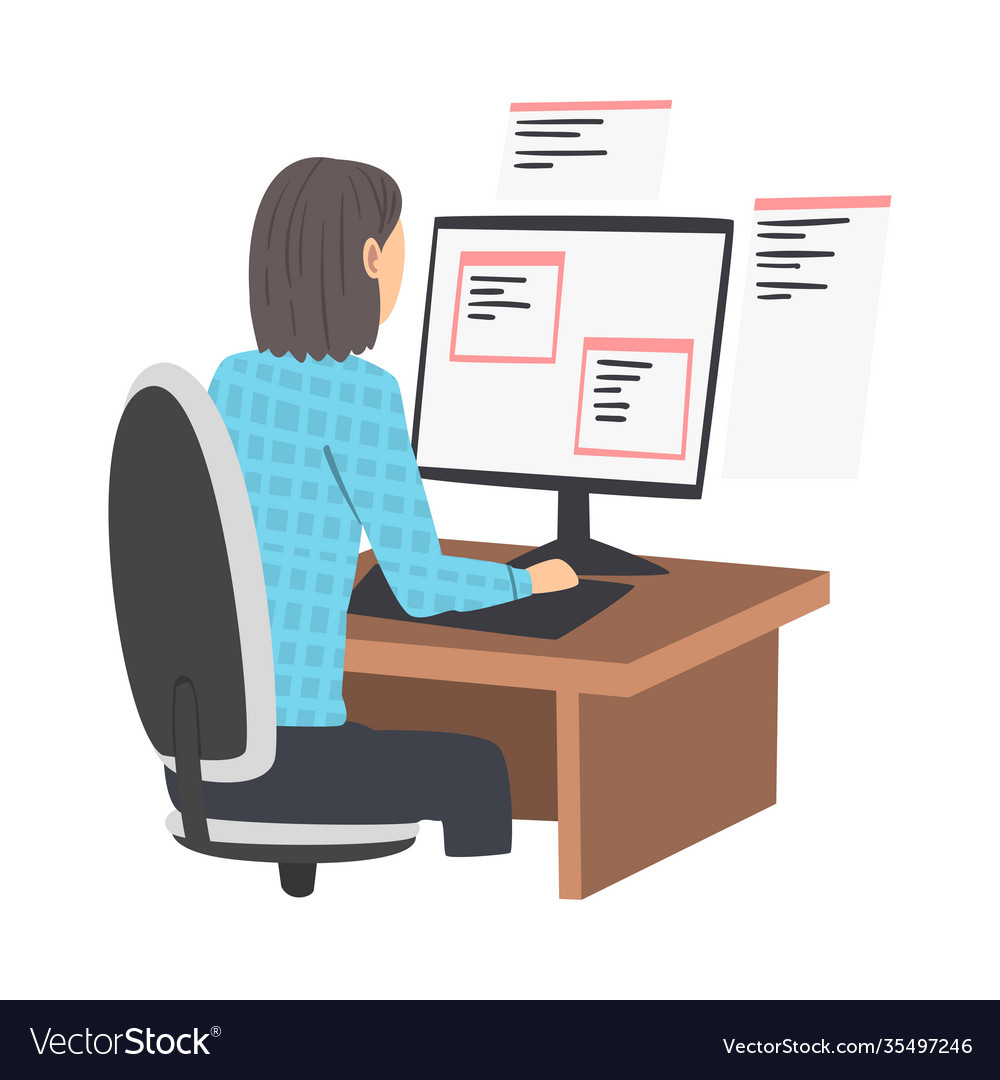Dedicated Developers vs. In-House Teams: Which Is Right for You?
The choice between making use of specialized programmers and keeping an internal group is a considerable one that can influence the trajectory of your jobs and total organization strategy. Alternatively, in-house groups add to a cohesive firm society and a nuanced understanding of lasting objectives.
Comprehending Dedicated Designers
The expanding demand for specialized abilities in the tech sector has caused the appearance of specialized programmers as a sensible remedy for several organizations. These professionals are usually gotten on a task basis, enabling firms to take advantage of certain expertise without the long-lasting commitment related to permanent hires. Committed designers are frequently embedded within a customer's group, supplying versatility and scalability to fulfill project requirements.
This model permits companies to access a worldwide skill pool, which is specifically beneficial in a rapidly advancing technological landscape. Dedicated programmers can be sourced from numerous geographical places, making certain that firms can locate the appropriate ability at competitive rates. They usually bring a riches of experience and expertise, having serviced diverse projects across different markets.
Additionally, committed developers can focus exclusively on the tasks available, enhancing performance and effectiveness. They are geared up to incorporate seamlessly right into existing operations, working together closely with internal teams to achieve job objectives. This method not just lowers the concern of recruitment and training yet additionally allows companies to continue to be nimble, adapting swiftly to changing market needs and technological developments.
Advantages of In-House Teams

In addition, in-house teams tend to have a deeper understanding of the business's objective, worths, and goals. This placement can boost staff member engagement and inspiration, as staff member really feel a lot more attached to their job and the company's success. Additionally, having a devoted internal group enables for much better positioning of objectives and techniques, as these participants are continually concentrated on the business's concerns.
Internal groups additionally promote quicker decision-making processes, as they can react much more swiftly to difficulties and modifications. The established partnerships and experience with company protocols permit for structured process and lowered miscommunication. Ultimately, the combination of a cohesive society, alignment with organizational objectives, and reliable communication makes internal groups an important property for several organizations, especially those wanting to grow lasting growth and technology.
Cost Factors To Consider
When assessing cost factors to consider, both in-house teams and committed designers present distinct monetary ramifications for organizations. Involving specialized designers normally includes a pay-per-project or per hour rate model, which can be cost-efficient for companies with varying job needs. This approach enables for flexibility in scaling sources up or down, ensuring that business just spend for the services they require.
In contrast, internal groups require repaired costs, including wages, benefits, and overhead costs such as office area and tools. While this version offers better control and immediate accessibility of resources, it might result in greater long-lasting expenses, specifically if the work does not justify a permanent staff.
Furthermore, business need to consider the concealed costs related to employment and training of internal employees, which can further stress budget plans. In many cases, the time and resources invested in handling an internal group can diminish the company's core service objectives.

Job Monitoring and Flexibility
Task administration and adaptability are important aspects that influence the selection between in-house groups and devoted programmers. Committed groups typically have established processes for taking care of tasks efficiently, leveraging details methodologies like Agile or Scrum, which help with iterative progress and adaptability.

Eventually, the choice between committed developers and internal teams rests on the wanted degree of versatility and the certain task management needs. Companies should review their operational characteristics, project intricacy, and source schedule to determine which option lines up ideal with their critical objectives.
Making the Right Choice
Picking the appropriate development technique-- devoted designers or internal teams-- needs a careful analysis of different variables that align with a firm's critical objectives. On the other hand, internal teams can provide far attorney website design better continuity and combination with existing personnel.
Following, review your budget. Devoted developers usually provide a cost-efficient option for temporary projects, while internal teams might incur greater lasting expenditures because of incomes, benefits, and overhead prices. Assess the level of control and partnership desired; in-house groups commonly promote more powerful communication and alignment with company culture.
If immediate outcomes are necessary, dedicated developers can be onboarded swiftly, whereas constructing an in-house group takes time for recruitment and training. If continual advancement is essential, spending in an in-house team might produce much better returns over time.
Conclusion
In verdict, the choice between in-house groups and dedicated designers hinges on job requirements and organizational purposes. Alternatively, internal teams grow a natural society and deeper alignment with long-term goals.
The choice between making use of dedicated developers and maintaining an internal team is a considerable one that can affect the trajectory of your tasks and total organization technique.Task top article administration and adaptability are vital factors that influence the option between dedicated programmers and in-house groups. software engineering staffing.In contrast, in-house teams web design company website might excel in preserving a consistent project administration framework due to their knowledge with the organization's culture and long-lasting objectives. Devoted developers often offer a cost-effective option for temporary tasks, while in-house teams may incur greater long-lasting costs due to incomes, benefits, and overhead prices.In final thought, the choice between internal teams and committed programmers hinges on project demands and business goals